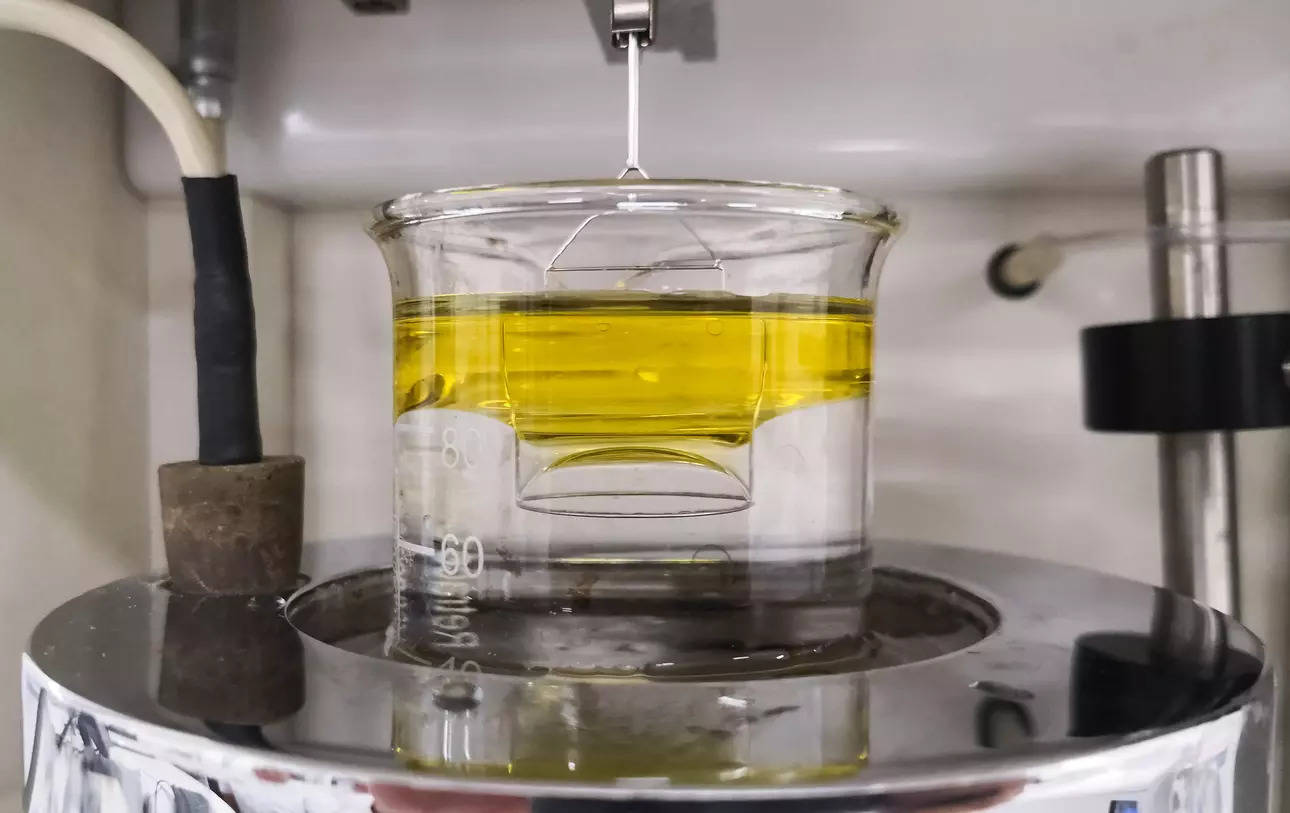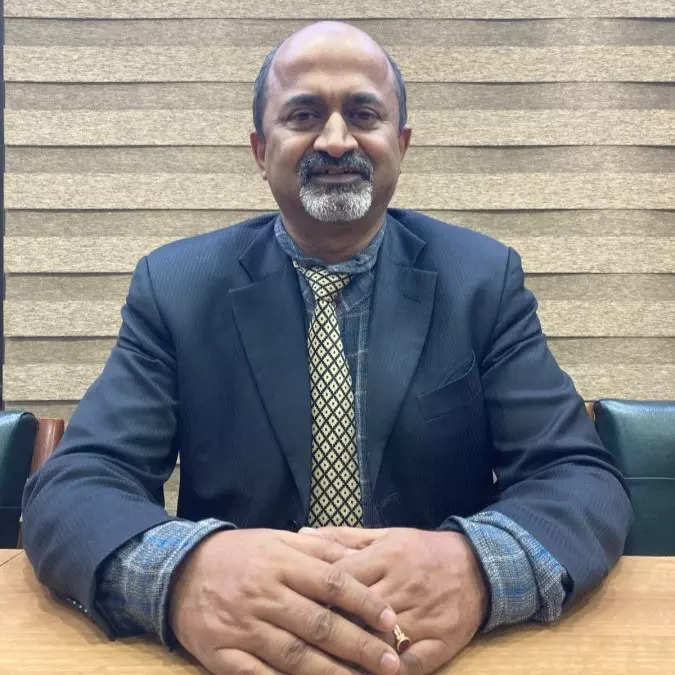
The Society of Indian Automobile Manufacturers (SIAM) says the committee working on Bharat Stage7 (BS7) emission norms is evaluating various aspects of the proposed regulations, including the compliance challenges associated with higher ethanol-blended fuels, and requirement to measure particulate emissions from tyres.
Speaking to ETAuto at the Bharat Mobility Global Expo 2025 recently, Prashant K Banerjee, Executive Director, SIAM, says, “The committee has been formed for BS7, but the final framework of the emission norms is yet to be decided.” When asked about how the upcoming norms will address different fuel types, particularly ethanol blended fuels (petrol for now), Banerjee highlights, “Higher ethanol blends pose challenges related to NOx and LDHs, which are being actively discussed and addressed. However, ethanol-blended fuel does not face hurdles in meeting hydrocarbon and CO compliance levels due to the presence of oxygen molecules, which aid in combustion.”
Banerjee notes that while India bases its emission norms on the European standards, there are considerations about local adaptations. “There is no change in pollutant limits for EU7 from EU6, but they introduce additional requirements such as the need to measure particulate emissions from tyres. Now, that is in Europe. We need to evaluate what works for India. Do we need to follow them exactly? The amount of suspended particulate matter in the form of dust and construction already in our air is a different challenge altogether. Our committee is looking into this, as we do not want to impose unnecessary regulations that offer no real benefits.”He adds that a cost-benefit analysis and customer impact assessment would be crucial in determining whether such a regulation makes sense for India. “In about a year, we should have more clarity,” he adds. The EU7 also talks about limits for particulate emissions from brakes. While EU7 has been confirmed by the European Parliament, it is expected to start from July 2025.

Banerjee emphasises that the automotive industry has been on track with its ethanol-blended fuel targets. He outlines SIAM’s key milestones, “SIAM had set a goal of achieving 100% material-compliant E20 vehicles by April 1, 2023, and we are proud to say we have successfully met that target.”
By April 1, 2025, he adds, “We aim to deliver vehicles that are both material and engine-compliant with E20 fuel, and we remain committed to that goal.” Talking about flex-fuel vehicles, Banerjee, says, “We are also focused on launching commercially ready flex-fuel vehicles with each two-wheeler manufacturer introduce at least one flex-fuel model starting third quarter of 2024-25. In the passenger vehicle (PV) segment, a flex-fuel model will be introduced in 2025-26. Leading four-wheeler manufacturers such as Tata Motors, Mahindra & Mahindra, Hyundai, Toyota, and Maruti Suzuki —already have flex-fuel-compatible vehicles ready.”
Under the Ethanol Blended Petrol (EBP) programme, the Government of India (GoI) has been targeting to achieve 20% ethanol blending in petrol by this year as against 2030 target set earlier. Reflecting on the GoI’s accelerated ethanol adoption timeline, Banerjee notes, “This aggressive preponement aligns with key priorities, including energy security, pollution mitigation, India’s international commitments towards the Net Zero Mission, doubling farmers’ income, and strengthening the Aatmanirbhar Bharat initiative.”
As of March 2024, around 98% of the fuel used in the road transportation sector comes from fossil fuels, while only 2% is met by biofuels like ethanol, as per PIB. As India moves towards sustainable mobility, the industry’s preparedness for ethanol-blended fuels and future BS7 norms will be crucial in shaping the next phase of automotive innovation and environmental compliance.
















